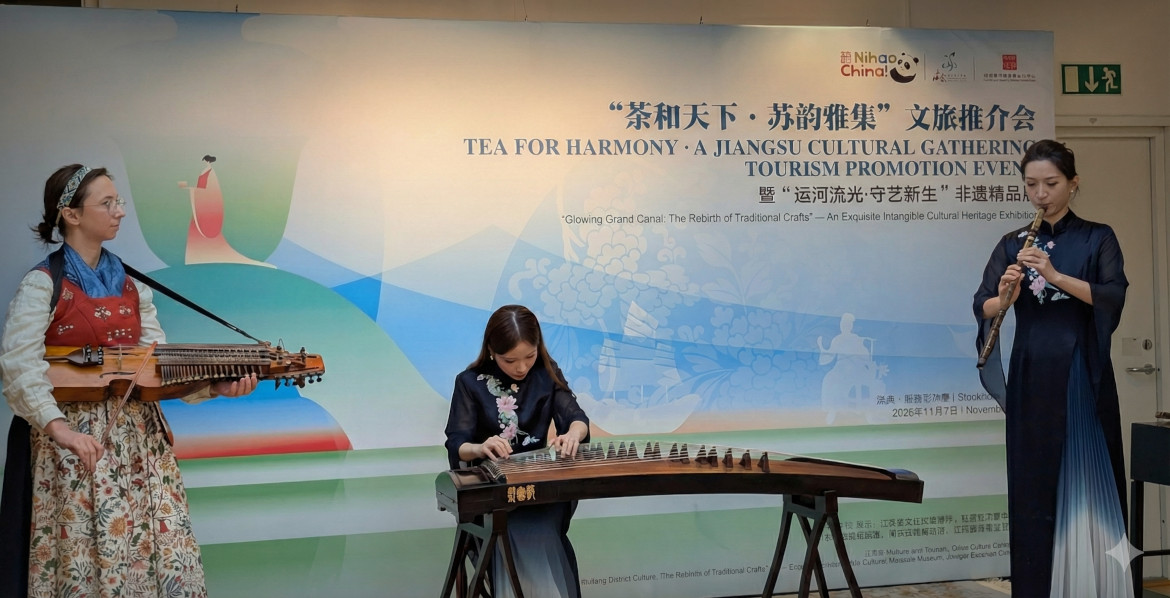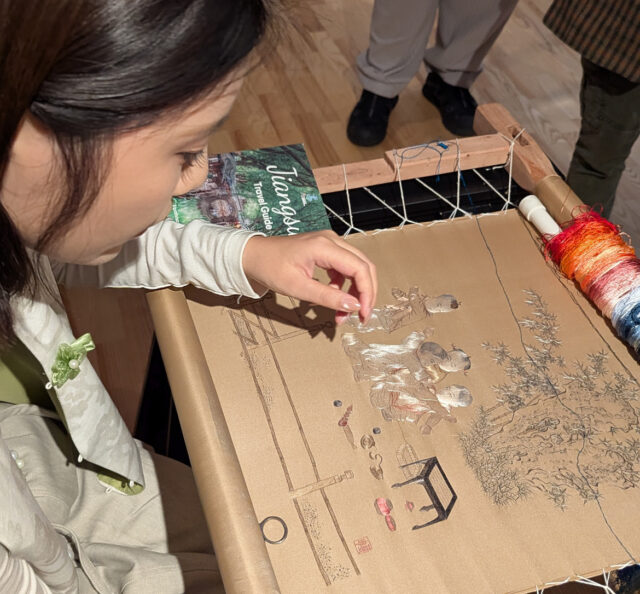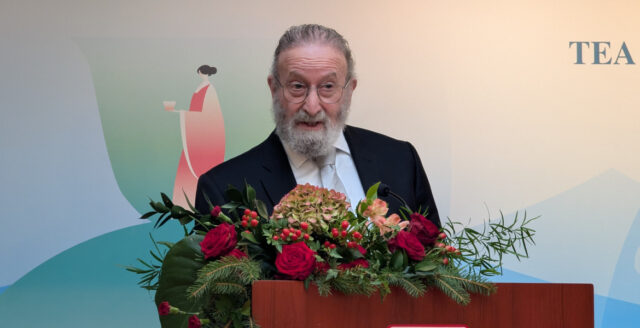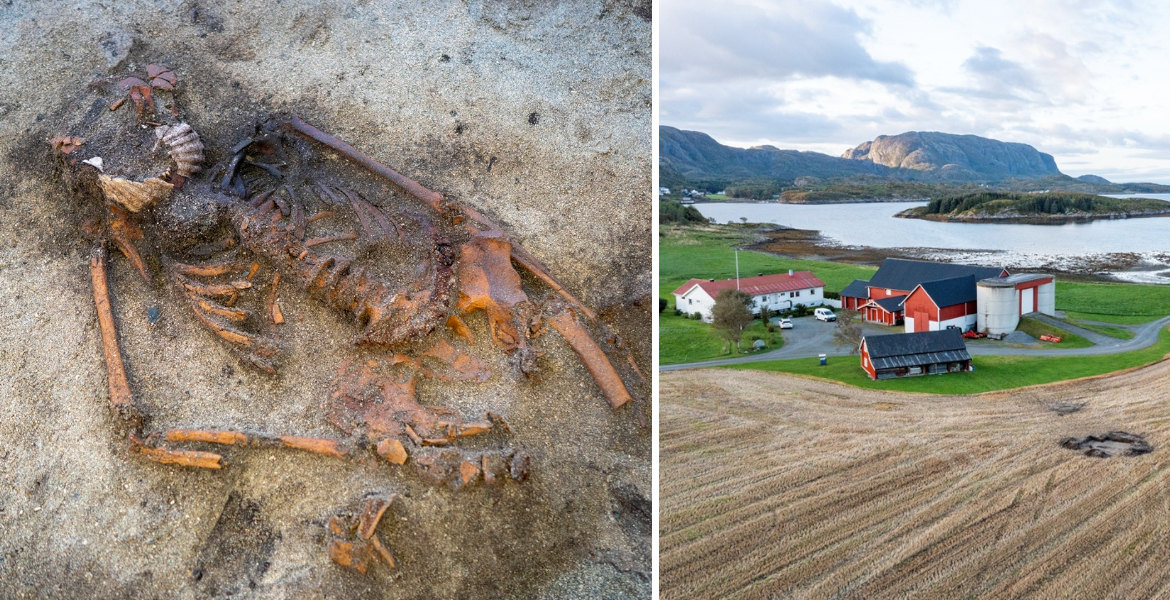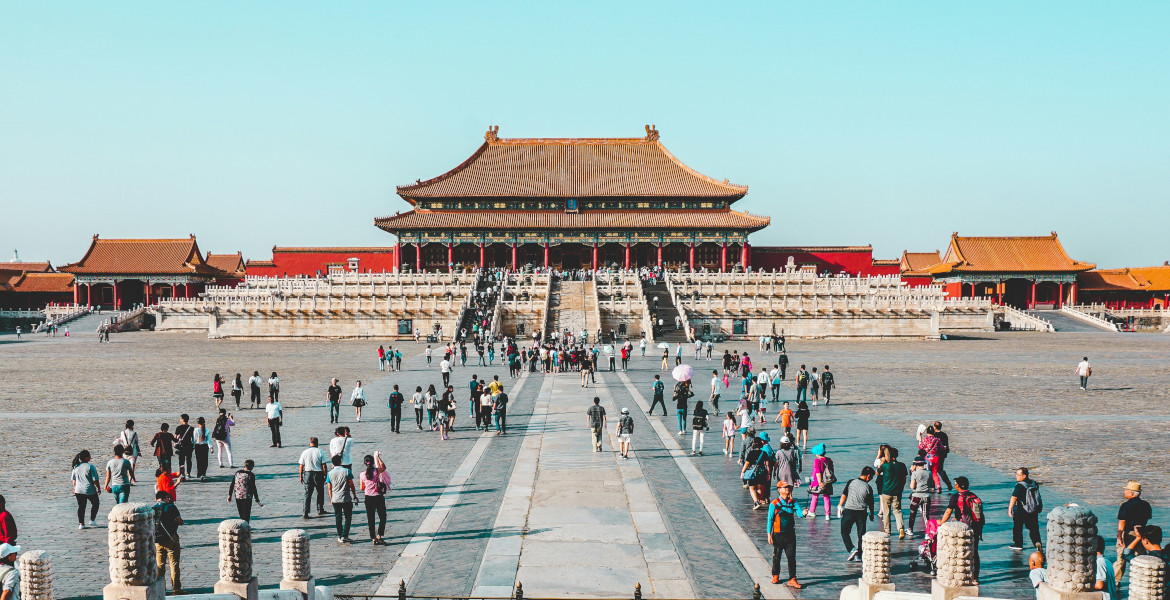British comedian Al Murray says Scotland's new 'hate crime' legislation could make his comedy acts illegal, and wonders if he should turn himself in to the police before his next show.
– This is a very interesting moment actually, that piece of legislation. To be honest, I think for comedians it's a wonderful opportunity to get yourself arrested and get written about. Or maybe next time I go to Scotland I should simply turn myself in, he jokes.
The new legislation makes it a criminal offence to "stir up hatred" against religion, "transgender identity", disability, religion, sexual orientation or age - subjects that comedians have often joked about in the past.
But Murray doesn't think that after two decades as his alter ego, "The Pub Owner," he can tone it down to comply with the new politically correct legislation.
– I've gone too far with it. What I would like to experiment with is being myself, but I wouldn't know where to start.
7800 reports in one week
Murray often jokes about Scots, and even before the law was introduced, he joked that he would have to surrender to the police and be arrested for his "banned jokes.
– With a piece of legislation like that, you're so vulnerable to attention-seeking d***heads, he said, explaining that an important part of being a comedian is "occupy[ing] a character space that isn't you".
The new "hate law" came into force on April 1, but critics have warned that it could have far-reaching negative effects on freedom of expression, with around 7,800 reports of "hate crimes" received in the first week alone - of which around three percent were registered as "confirmed" crimes.

